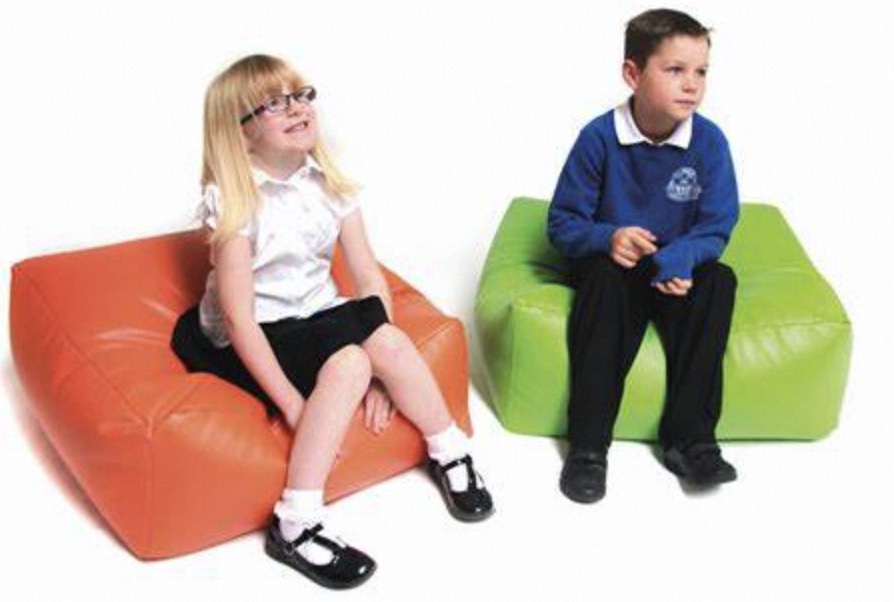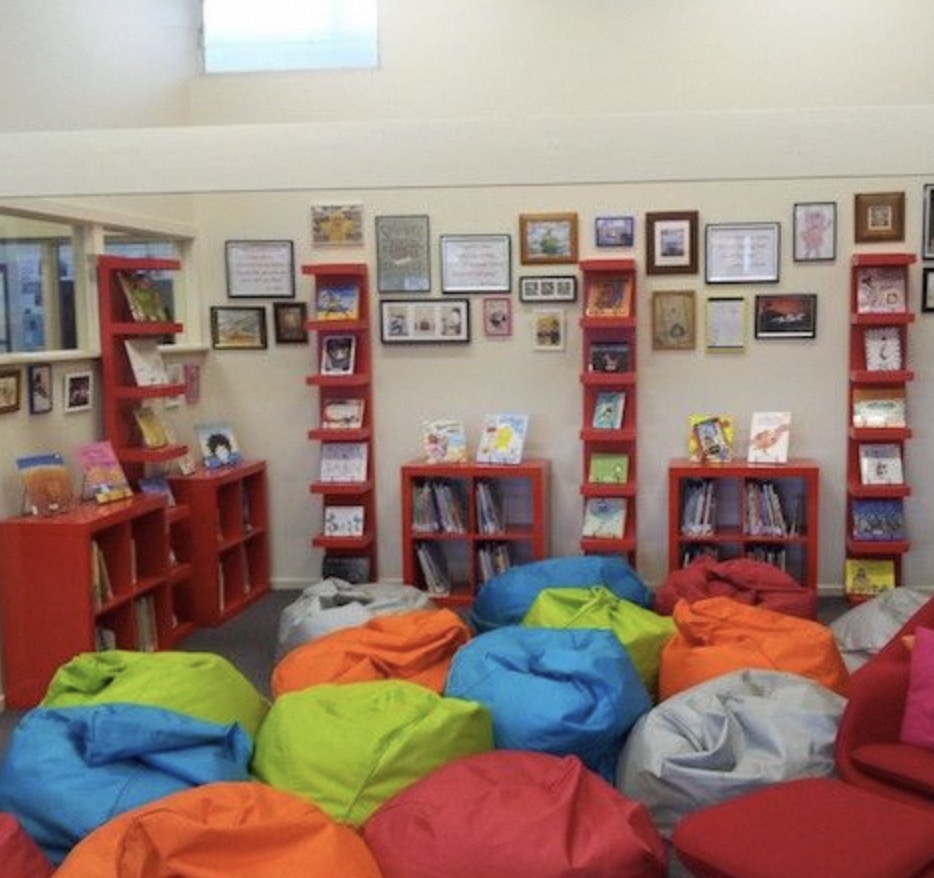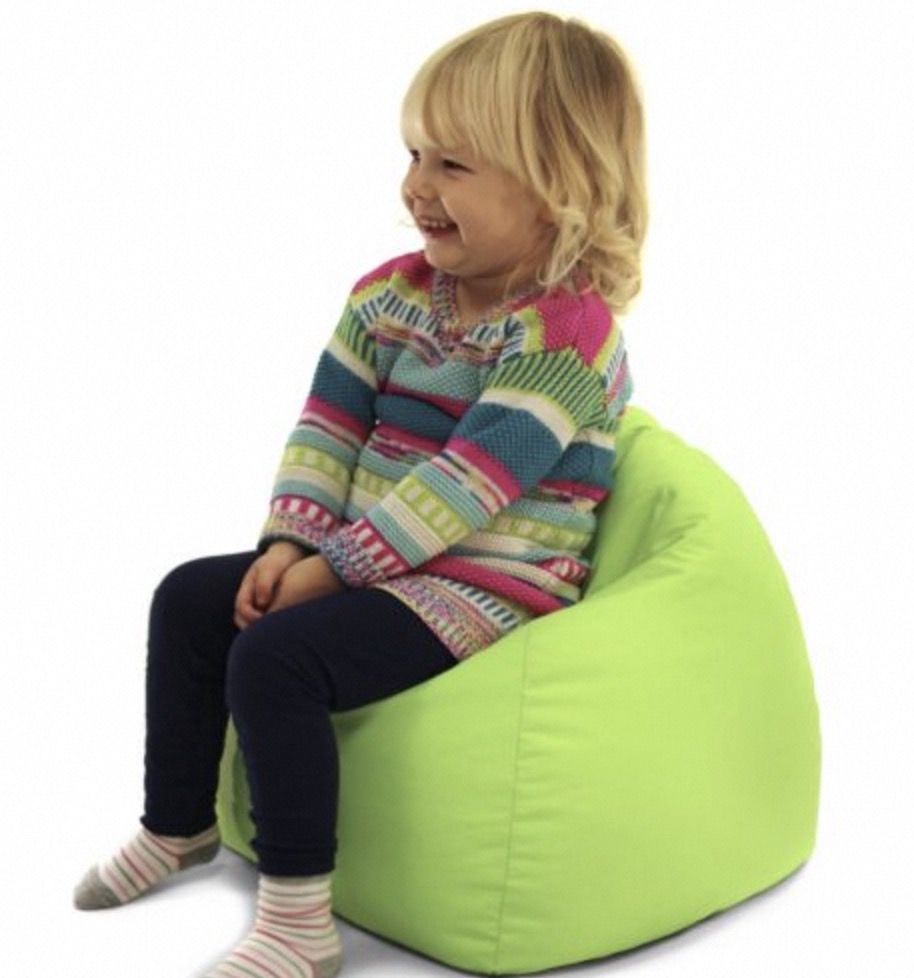
Introduction:
In recent years, the conventional classroom setting has undergone a transformation, veering away from traditional seating towards more dynamic and comfortable options. One of the novel introductions to educational environments is the school bean bag—a soft, adaptable piece of furniture that offers both students and teachers an alternative way to approach learning. These cozy seats have become increasingly popular due to their ability to create a relaxed atmosphere conducive to concentration and creativity. This article explores the impact of school bean bags on learning, the benefits they offer, and how to incorporate them effectively into educational spaces.

The Impact of School Bean Bags on Learning Environments
School bean bags are redefining classroom interiors by introducing a touch of casual comfort that invites students to engage with their lessons in a more relaxed manner. Unlike hard chairs and desks, bean bags adapt to the user’s body, providing a snug, supportive spot that can reduce physical discomfort and enhance focus. This flexibility in seating allows students to find positions that suit their learning preferences, whether that means lounging while reading a novel or sitting upright during a group discussion.
Benefits of Incorporating School Bean Bags
The addition of bean bags to educational settings can bring several advantages:
- Enhanced Comfort: School bean bags can help alleviate the stiffness associated with sitting in traditional chairs for extended periods, making it easier for students to concentrate on their work.
- Increased Engagement: By offering a more inviting and less formal setting, bean bags can help foster a sense of ease and openness, encouraging students to participate more actively in class.
- Versatility: Bean bags can be easily moved and rearranged, supporting various teaching methods and activities, from quiet reading corners to collaborative group workspaces.
- Sensory Stimulation: For students with sensory processing needs, the tactile feedback from a bean bag can be soothing, aiding in self-regulation and attentiveness.

Choosing the Right School Bean Bags
When selecting bean bags for school use, keep in mind the following aspects:
- Material and Durability: Look for high-quality, tear-resistant fabrics that can withstand frequent use and are easy to clean.
- Size and Shape: Consider the age and size of the students who will be using the bean bags. They come in various shapes and sizes, from small, round designs for younger children to larger, high-backed models for older students.
- Safety Features: Bean bags should have secure, child-proof closures to prevent the escape of filling material and comply with fire safety standards.
- Color and Design: Bright colors and engaging patterns can stimulate learning and creativity, while neutral tones can create a calming environment.

Creating Dynamic Learning Spaces with School Bean Bags
To effectively integrate bean bags into the classroom:
- Designate Specific Areas: Identify areas within the classroom where bean bags will be most beneficial, such as reading nooks, calm-down corners, or group discussion zones.
- Establish Rules: To maintain order and respect for the new furniture, set clear guidelines for appropriate bean bag use.
- Rotate Seating: Allow all students the opportunity to experience the bean bags by rotating seating arrangements or making them available during certain activities or times of the day.
- Involve Students: Encourage students to take ownership of their learning space by involving them in the selection and maintenance of the bean bags.

Maintaining School Bean Bags for Longevity
Proper care will extend the life of school bean bags:
- Regular Cleaning: Follow the manufacturer’s instructions for cleaning the covers, which may be machine washable or require spot cleaning.
- Inspect for Damage: Periodically check for rips or leaks and repair them promptly to avoid the loss of filling material and to maintain safety standards.
- Refill as Needed: Over time, the filling may compress. Refilling the bean bags can restore their shape and comfort level.

Sensory Benefits and Inclusive Education
School bean bags can play a significant role in inclusive education by catering to students with diverse sensory needs. Their gentle, enveloping nature can provide deep pressure input that has a calming effect, particularly for students on the autism spectrum or those with ADHD. This can lead to improved engagement and learning outcomes for these students.
Adapting to Different Age Groups
Bean bags are not one-size-fits-all solutions. Tailor the use of bean bags to suit different age groups. For younger students, bean bags can be a fun addition to play-based learning. For older students, they can offer a reprieve from the rigidity of conventional seating during independent study times or group projects.
Fostering Collaboration with School Bean Bags
Creating a collaborative environment is crucial for modern education, and school bean bags can help in this endeavor. They can be quickly and easily rearranged to form circles or groups, facilitating teamwork and discussion. By breaking down physical barriers and allowing students to face each other in a comfortable setting, bean bags encourage communication and the exchange of ideas. Teachers can harness this setup for peer-to-peer learning activities, class debates, or group projects, making the learning process more interactive and engaging.
Promoting Independent Learning in Comfort
Apart from group activities, school bean bags also cater to students who prefer solitary learning experiences. They provide a cozy, personal space where students can retreat with a book, work on an assignment, or reflect on their studies. This flexible seating option empowers students to take control of their learning by choosing a spot that best suits their current task or mood, promoting autonomy and self-directed learning.
The Role of School Bean Bags in Creating Inclusive Spaces
Schools are increasingly recognizing the importance of designing inclusive spaces that cater to the needs of all students. School bean bags can contribute to this goal by providing alternative seating options that accommodate different body types, learning preferences, and sensory sensitivities. By offering a variety of seating choices, educators demonstrate a commitment to diversity and the recognition that a one-size-fits-all approach does not suit every student. This inclusive mindset can help build a supportive and accepting school community.
Investing in Student Well-being with School Bean Bags
The well-being of students is a critical concern for educators, and school bean bags can be an investment in this aspect of education. A comfortable and aesthetically pleasing environment can have a positive impact on students’ mental health and stress levels. By incorporating bean bags into the classroom, schools send a message that they care about students’ holistic well-being, recognizing that physical comfort can translate into emotional and cognitive benefits.
Conclusion:
School bean bags are revolutionizing the way educators think about classroom design and seating. They offer comfort, sensory benefits, and flexibility that can enhance the learning experience and foster a more inclusive environment. By carefully selecting, maintaining, and integrating bean bags into the classroom, schools can provide students with a welcoming and adaptive space that supports a wide range of learning activities and styles. As education continues to evolve, school bean bags stand out as a valuable asset to